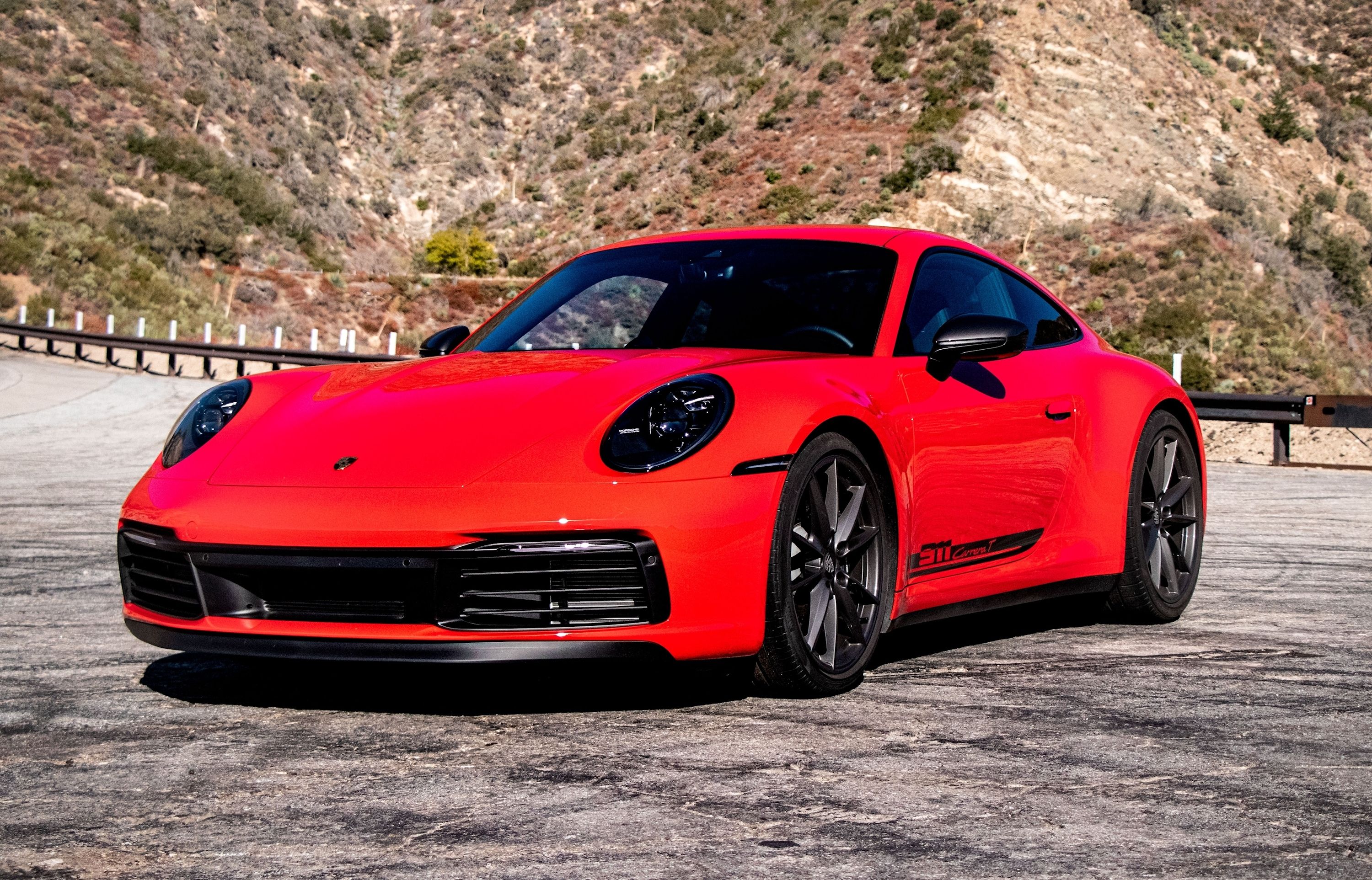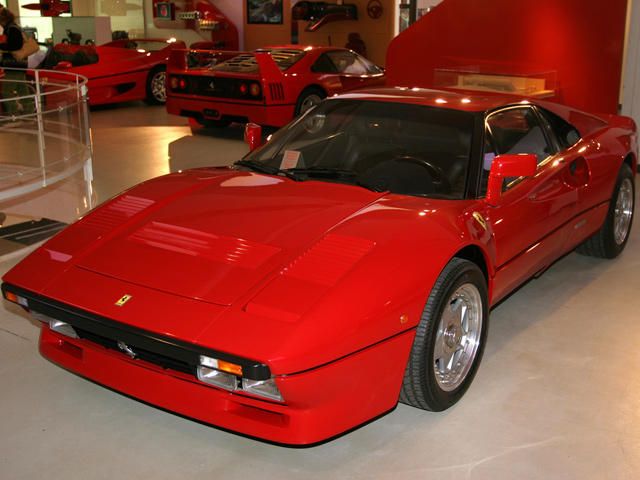
We often think of the Porsche 959 and the Ferrari F40 as hugely significant cars, and indeed they were, enough that we already covered them months ago in other series. But these cars cast such a big shadow that it's sometimes easy to forget that the 288 GTO came first, and was a major leap forward for turbocharging technology. Much like the Porsche 930, the 288 GTO took racecar technology and adapted it for road use, it just did so with newer technology.
The 288 GTO was based on the 308 GTB, Ferrari's hugely popular mid-engine V8 model from the late-Seventies through the mid-Eighties. But nearly everything was changed at least a little bit for the GTO, and even the engine position was changed from transverse mounted to a longitudinal setup. This was necessary because the trunk was now to be taken up with a pair of IHI turbochargers and intercoolers. You can still see the 308 cues in the GTO, but it is most certainly a different car. As the name implies, the GTO was built for racing, with a limited production run of street cars for homologation purposes.
But as the result of a terrible and fatal crash during the 1986 season, the race series in which the GTO was supposed to compete was canceled for 1987, but Ferrari had been building the 288 GTO since 1984, so even though the project was then cancelled, quite a few already existed. Ferrari was left with 272 units of the car, all of which were then sold as street cars. Many purists are angry at the 599 GTO for using the GTO name without having been built for homologation purposes, but since Ferrari did at least try to race the 288 GTO, this one generally gets a pass.
The 3.0-liter V8 from the 308 was de-bored, bringing displacement down to 2.8 liters in order to comply with FIA regulations governing displacement for turbocharged cars. Though there were very strict regulations governing displacement, there were none governing boost, and the twin-turbo setup in the GTO pushed power to 400 horsepower. The first street car with twin turbos, the Maserati Biturbo, had debuted just a few years earlier in 1981. But the Biturbo was junk, and has been called one of the worst cars of all time by several outlets, including Time.
The 288 GTO was the first road car which really demonstrated the value of twin-turbos, although these would remain mainly on supercars until the early Nineties, when the Japanese began to adopt them. Ferrari would later build five units of the 288 GTO Evoluzione, which cranked up the boost to make 650 horsepower. All five are still owned by Ferrari and are on display in its engine plant in Maranello. Much of the mechanicals on the GTO came from F1. These included the electronic fuel injection and ignition system, the twin-plate clutch, the dry-sump lubrication, and to state the obvious, the turbo setup itself.
This was also Ferrari's first road car to use weight-saving composites, and the GTO ended up weighing about 700lbs less than the car it was based on. Due to its extreme rarity and highly advanced technology, the GTO was one of the few cars ever produced which became worth more than its sticker price as soon as it was delivered to its first owner. Ferrari does not appreciate customers flipping cars like this, but it was an option for the lucky few who got their hands on these rare cars. The Porsche 959 would appear in 1986 and the Ferrari F40 in 1987, so the 288 GTO's moment in the spotlight was short-lived.
This is really a shame, because the 959 and the F40 weren't as big an evolutionary leap from the GTO as it was from the other turbo cars of the day. But both of these later cars were built in bigger numbers. The 959 didn't sell a whole lot more units than the GTO, but Ferrari would sell about six times the number of F40 units as they had sold of the GTO. So popularity had a little to do with it, but the reason we remember the other cars probably has to do with Guinness. The 959 became the fastest production car ever built in '86, and the F40 grabbed this title away in '87.
The GTO was never built for top speed, and its massive technological accomplishments therefore didn't receive as much attention. The 288 GTO was still an absolutely amazing car, one so good that even Ferrari, who typically hate forced induction, put what they learned from it into its next road-going supercar. The 288 GTO was years ahead of its time, and it brought turbocharging to a whole new level.

